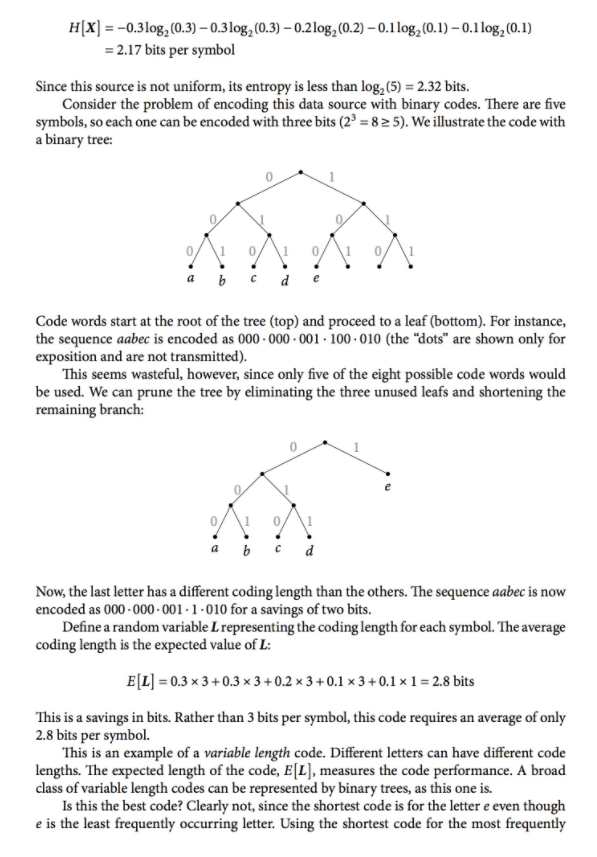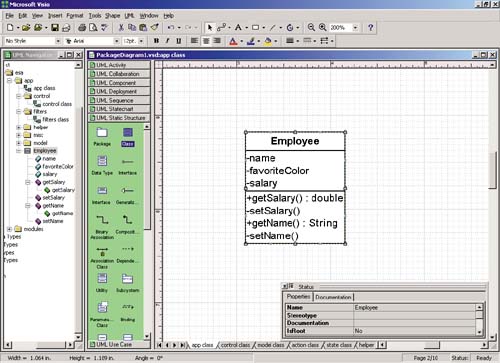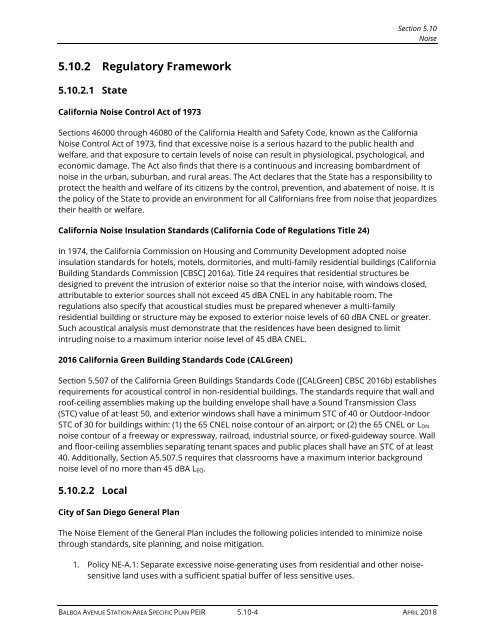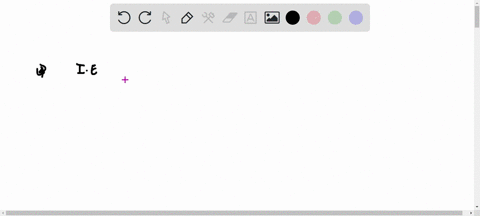

The main drivers of the annual inflation rate for CPIH and CPI are the same where they are common to both measures. The slowing in the CPI rate between December 2022 and January 2023 was a result of CPI prices falling 0.6% in the month to January 2023, compared with a smaller fall of 0.1% the year before.
Xsection 5.8 series#
Our indicative modelled estimates of consumer price inflation suggest that the peak in the CPI rate in October 2022 was the highest annual inflation rate since 1981 (the CPI National Statistic series begins in January 1997). The Consumer Prices Index (CPI) rose by 10.1% in the 12 months to January 2023, down from 10.5% in December 2022 and from a peak of 11.1% in October 2022. The fall in the annual rate between December 2022 and January 2023 was a result of prices falling 0.4% on the month, whereas they were little changed a year earlier. In more recent months however, the CPIH annual rate has fallen back to levels below the rate of 9.2% recorded just over 30 years earlier, between September and December 1990. Indicative modelled consumer price inflation estimates suggest that October saw the highest annual rate in over 40 years (the CPIH National Statistic series begins in January 2006). The Consumer Prices Index including owner occupiers' housing costs (CPIH) rose by 8.8% in the 12 months to January 2023, down from 9.2% in December 2022 and from a peak of 9.6% in October 2022.

csvĭownload this chart Figure 1: Annual CPIH and CPI inflation rates ease in January 2023 Image CPIH is the Consumer Prices Index including owner occupiers’ housing costs.ĭownload this table Table 1: CPIH, OOH component and CPI index values, and annual and monthly rates.Source: Office for National Statistics – Consumer price inflation Table 1: CPIH, OOH component and CPI index values, and annual and monthly rates
Xsection 5.8 update#
The estimates for January 2023 are constructed using updated expenditure weights this is the first weights update for 2023 and the second update will be used to construct estimates for the February 2023 dataset, published on 22 March 2023. The largest downward contribution to the change in both the CPIH and CPI annual inflation rates between December 2022 and January 2023 came from transport (particularly passenger transport and motor fuels), and restaurants and hotels, with rising prices in alcoholic beverages and tobacco making the largest partially offsetting upward contribution to the change.Ĭore CPIH (excluding energy, food, alcohol and tobacco) fell to 5.3% in the 12 months to January 2023 from 5.8% in December 2022, the annual CPIH goods index eased slightly from 13.4% to 13.3% over the same period, while the annual CPIH services index fell from 5.8% to 5.2%. On a monthly basis, CPI fell by 0.6% in January 2023, compared with a fall of 0.1% in January 2022.

The Consumer Prices Index (CPI) rose by 10.1% in the 12 months to January 2023, down from 10.5% in December 2022. On a monthly basis, CPIH fell by 0.4% in January 2023, but was little changed in January 2022. The largest upward contributions to the annual CPIH inflation rate came from housing and household services (mainly from electricity, gas, and other fuels), and food and non-alcoholic beverages.

The Consumer Prices Index including owner occupiers' housing costs (CPIH) rose by 8.8% in the 12 months to January 2023, down from 9.2% in December 2022.


 0 kommentar(er)
0 kommentar(er)
